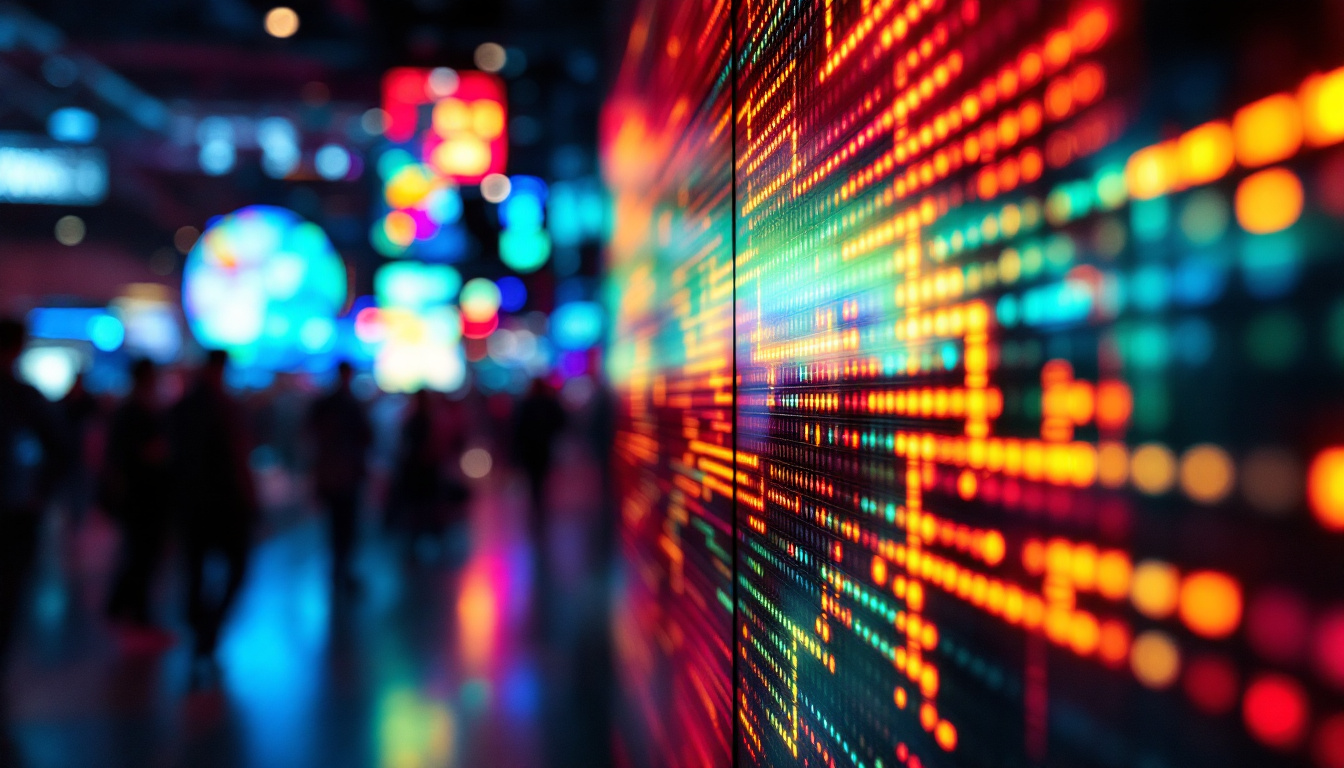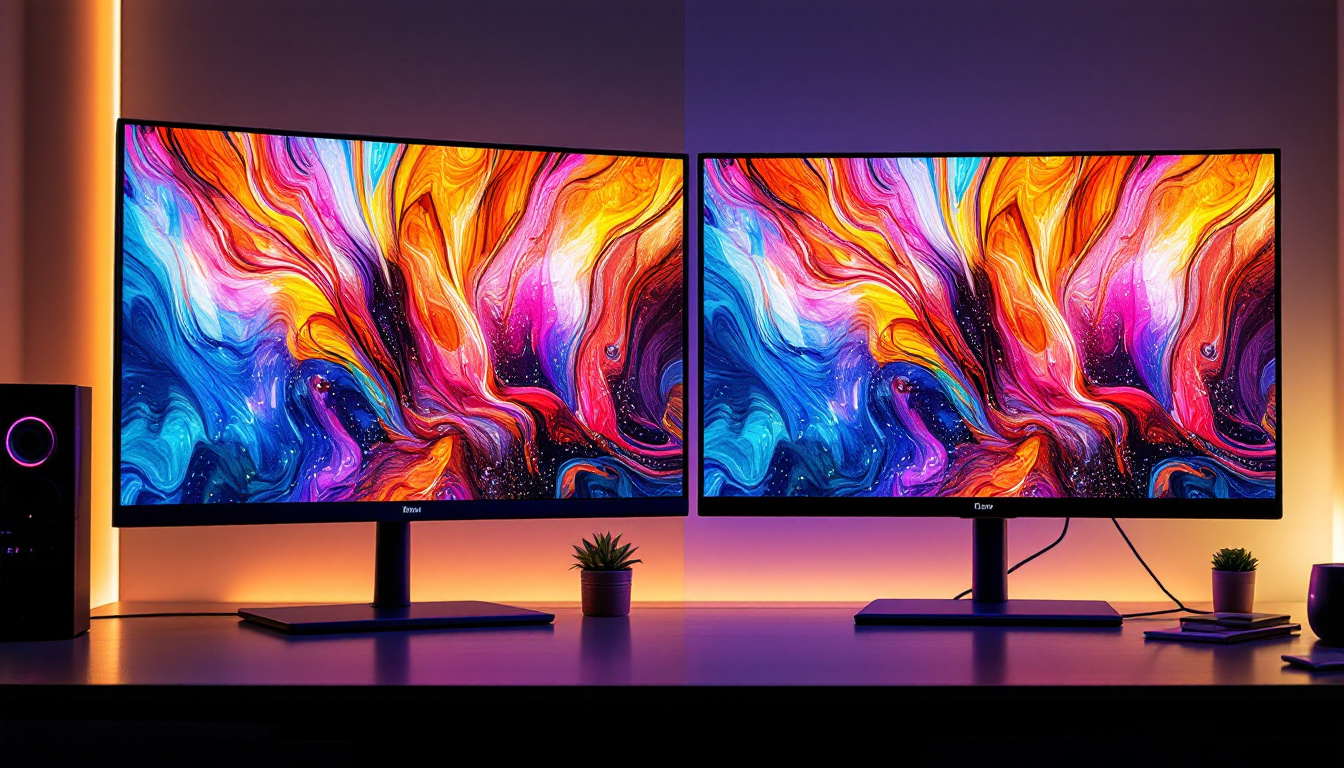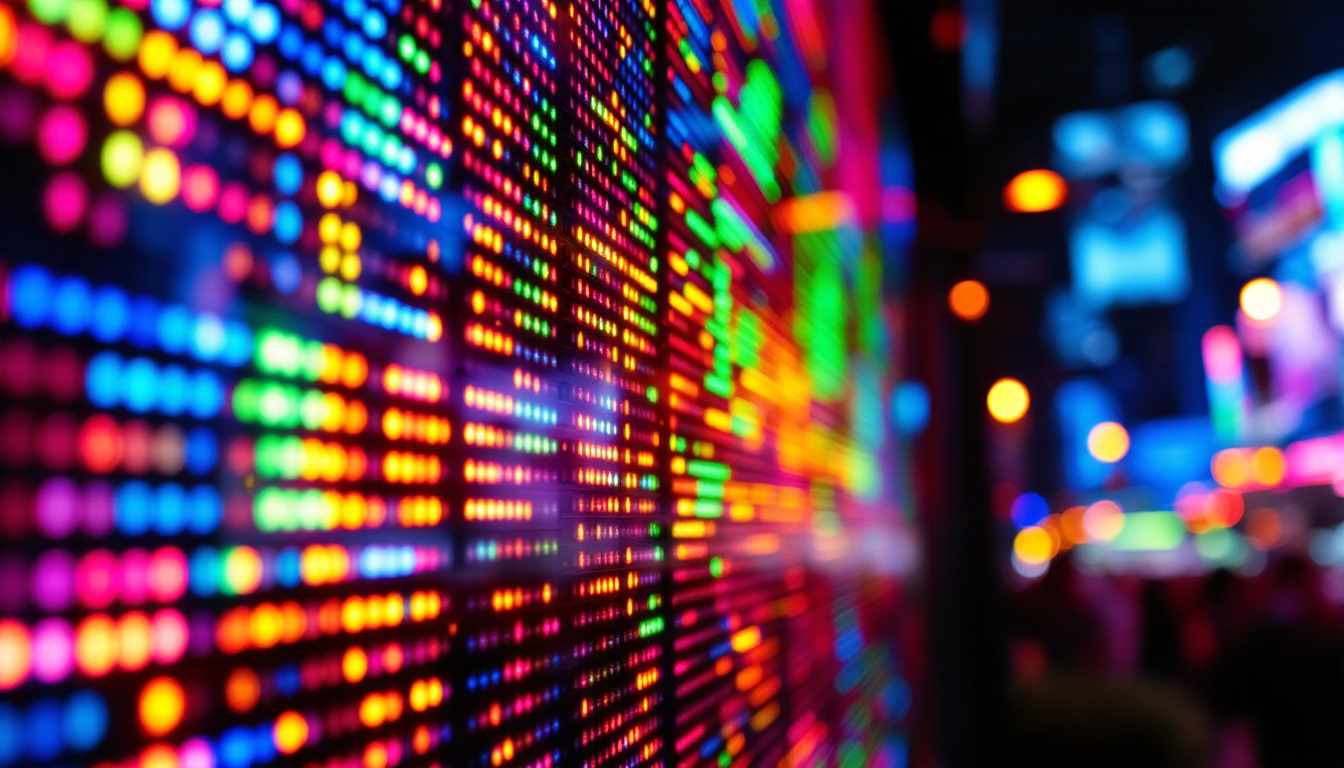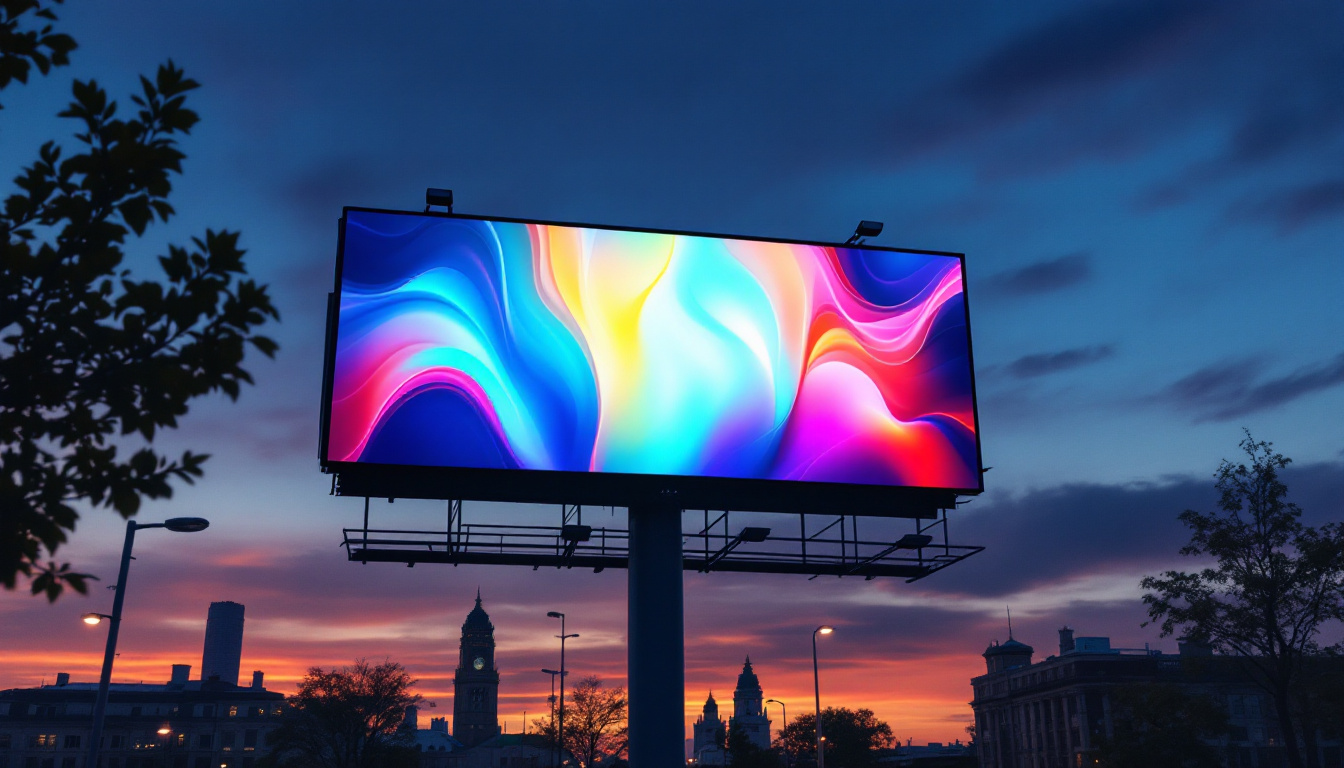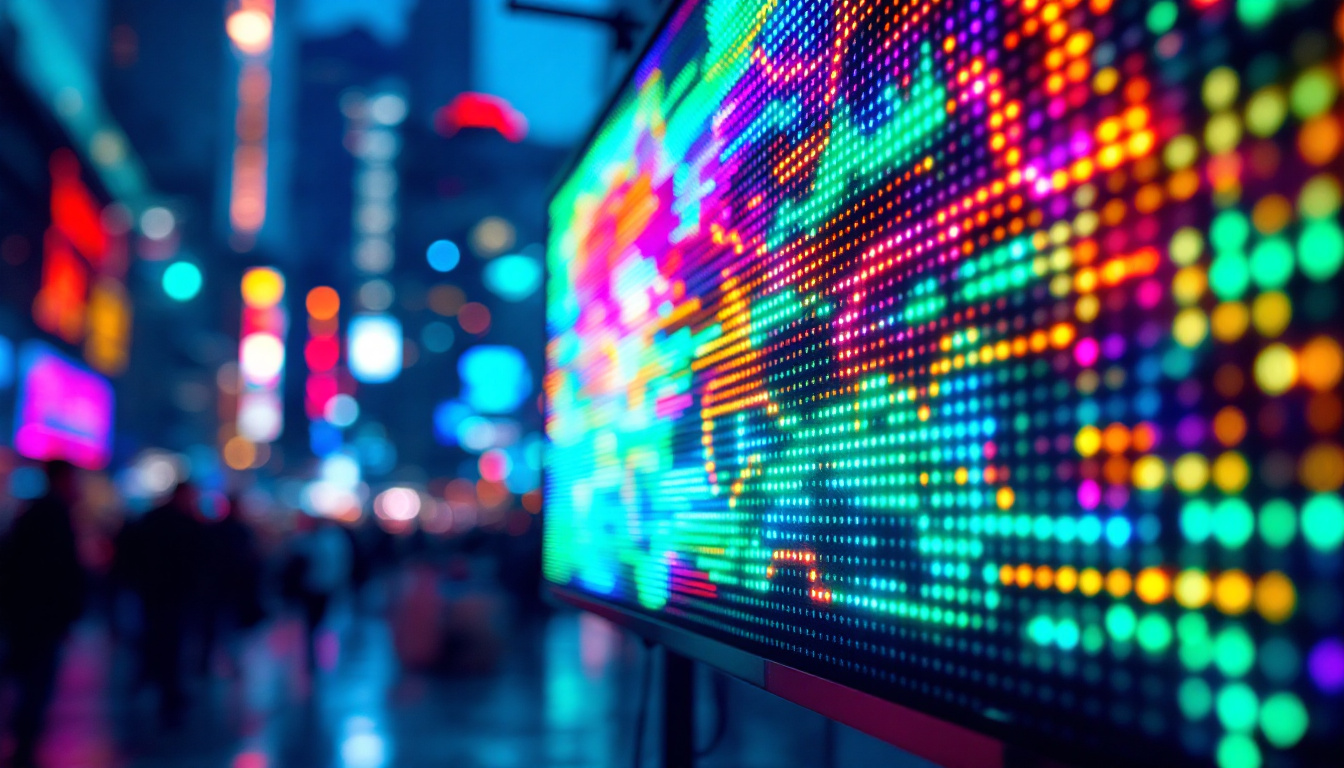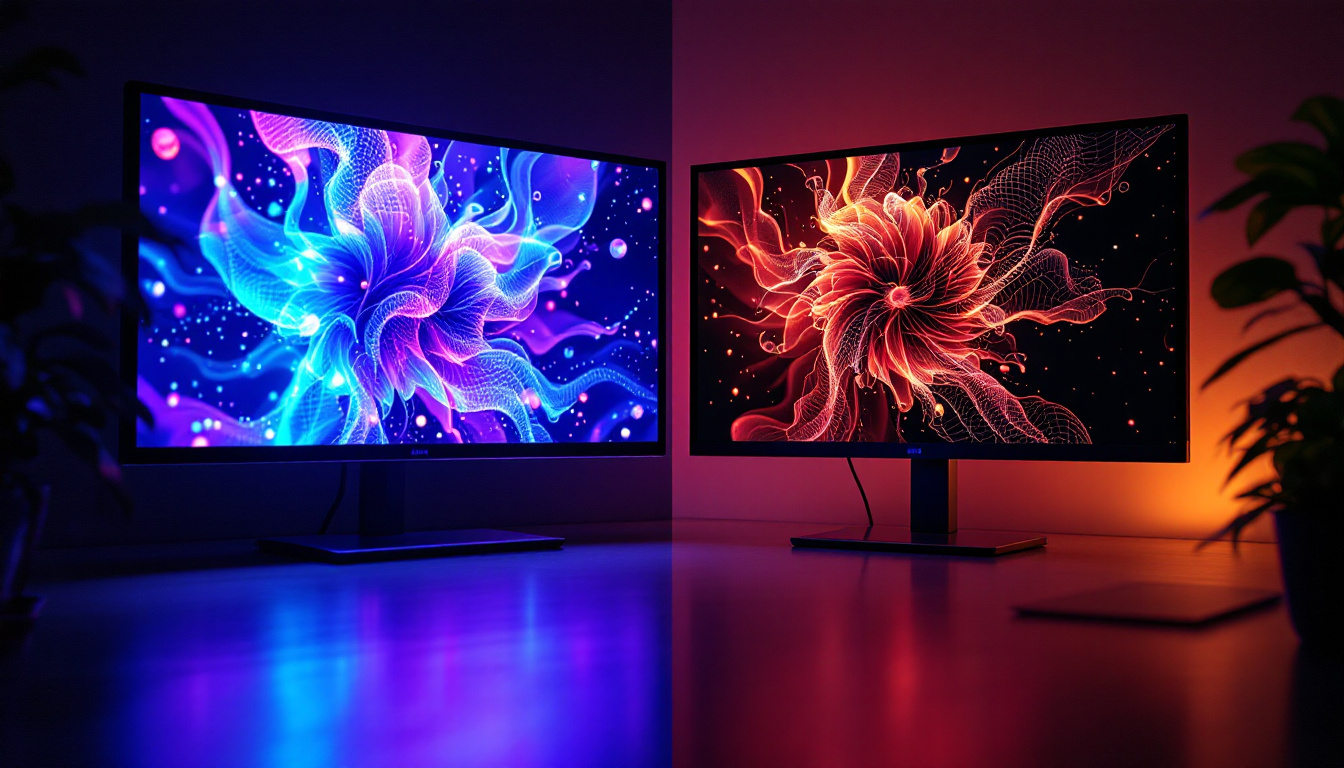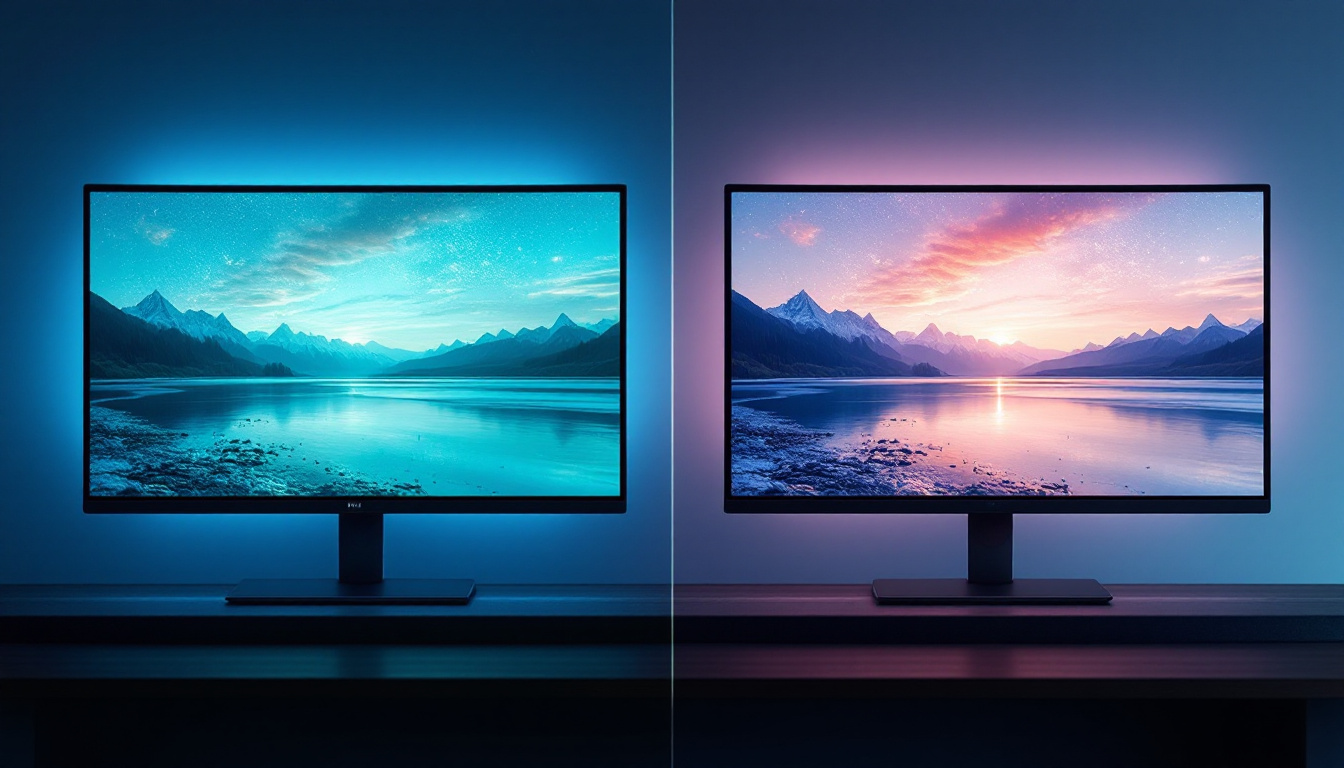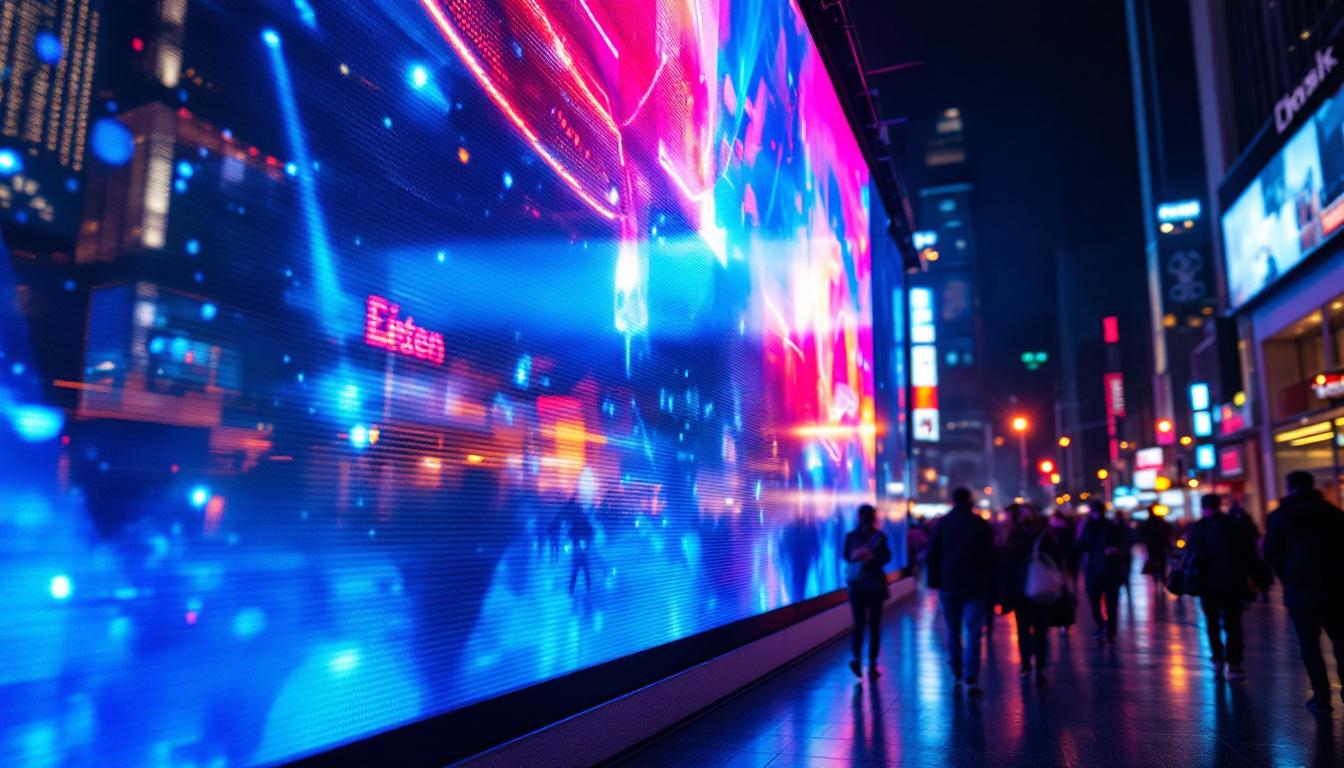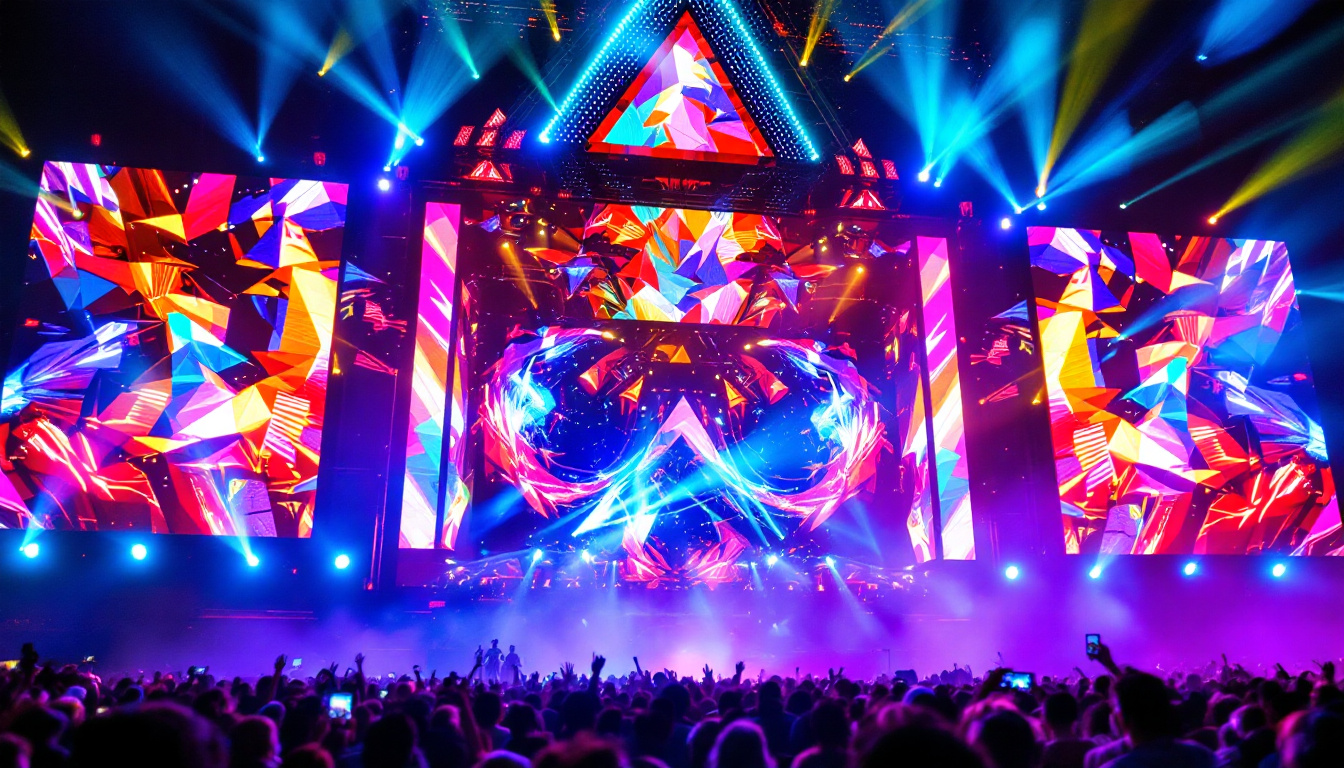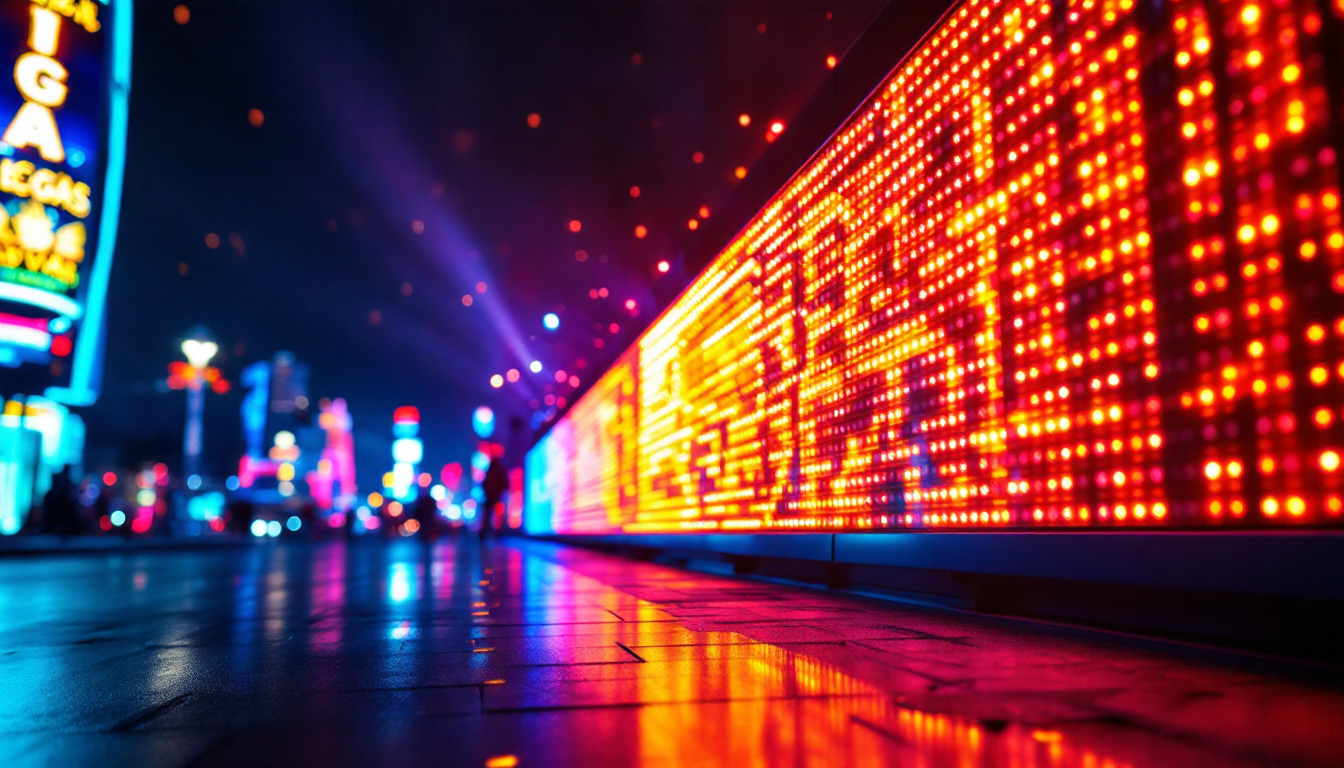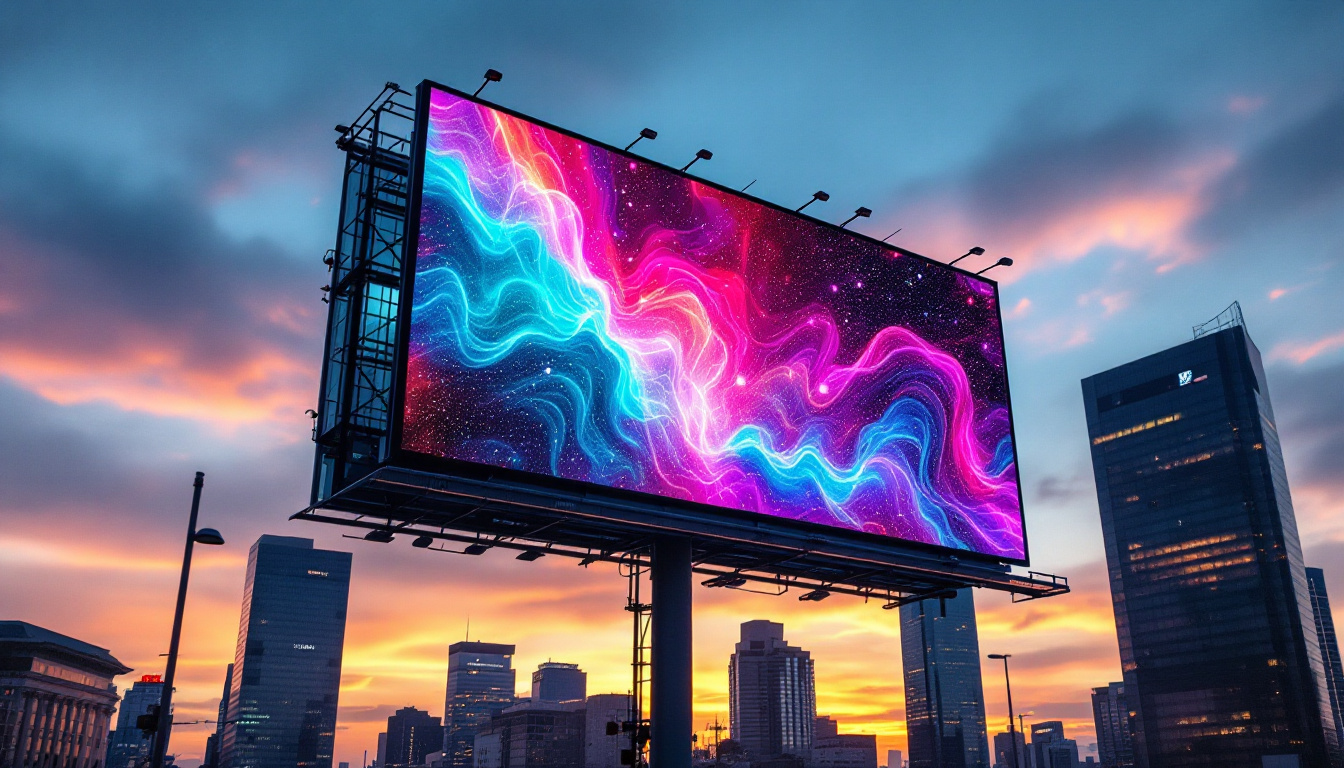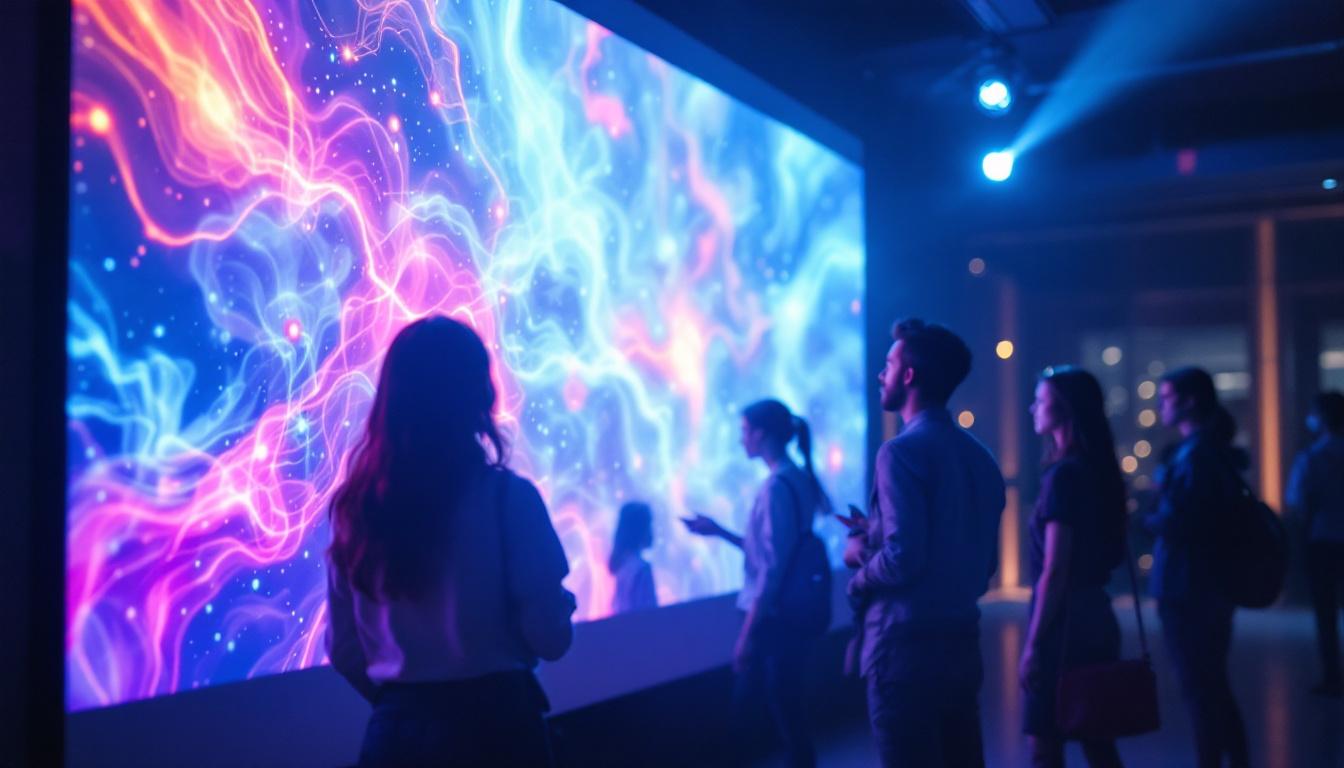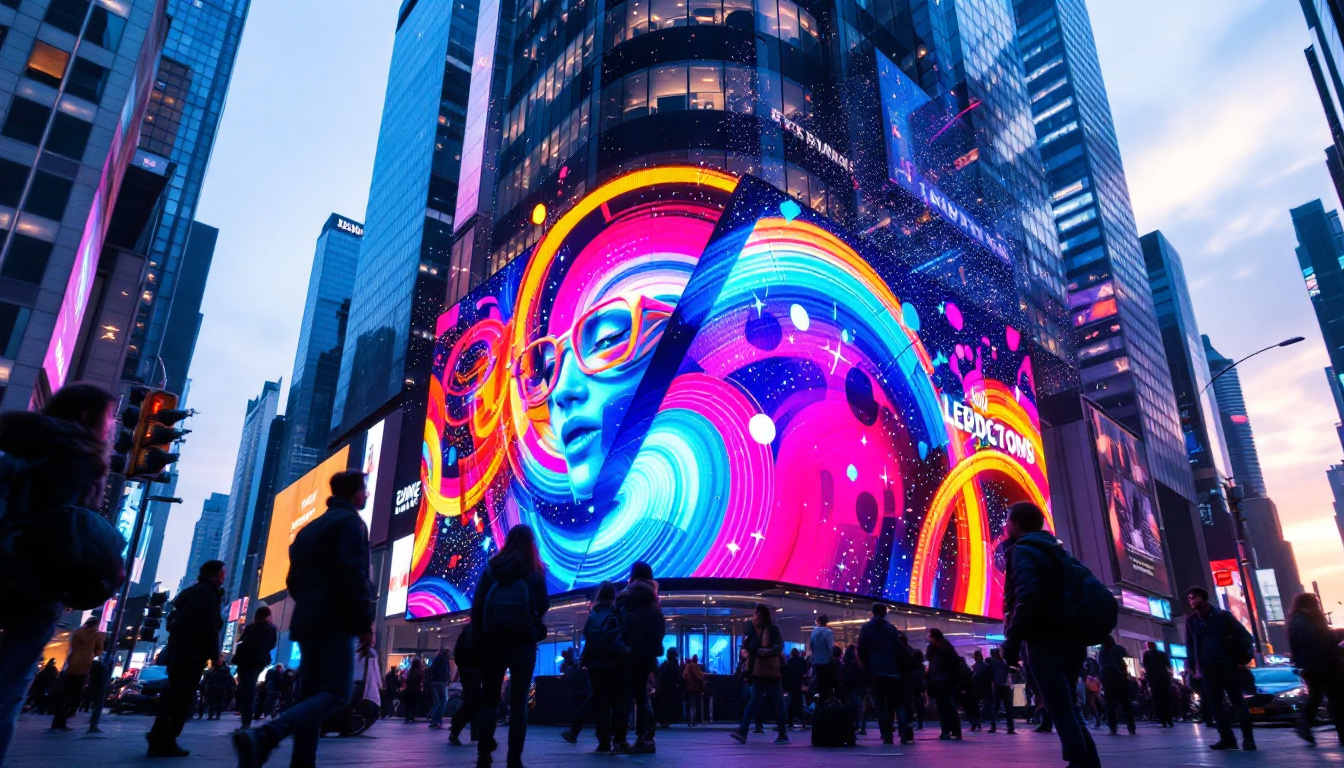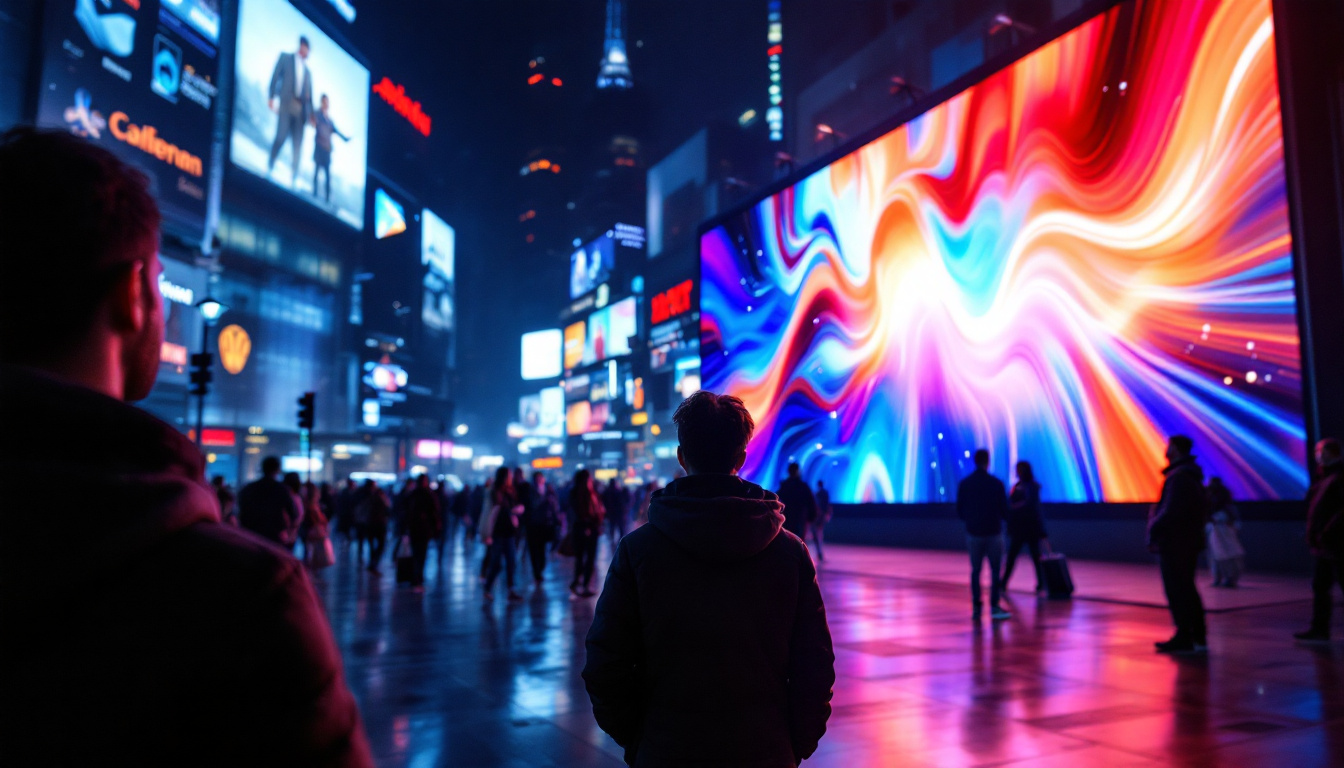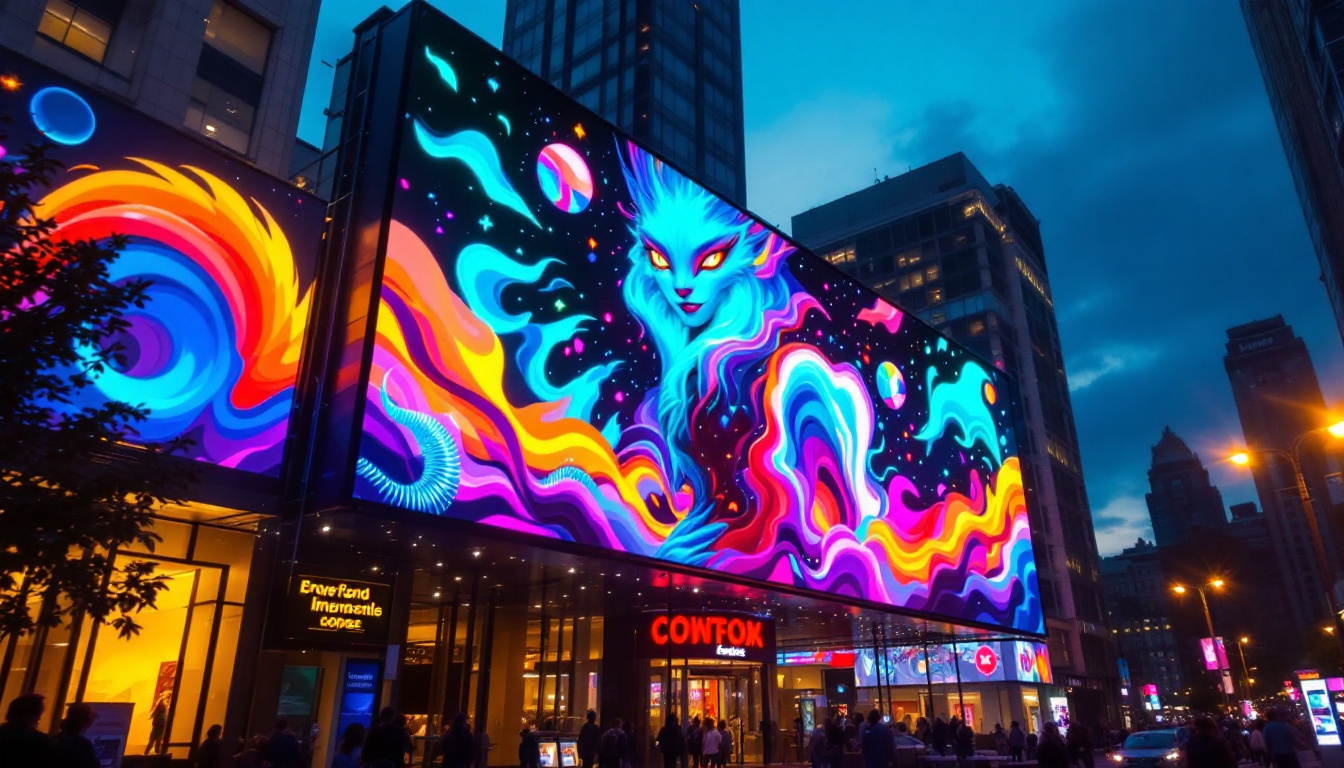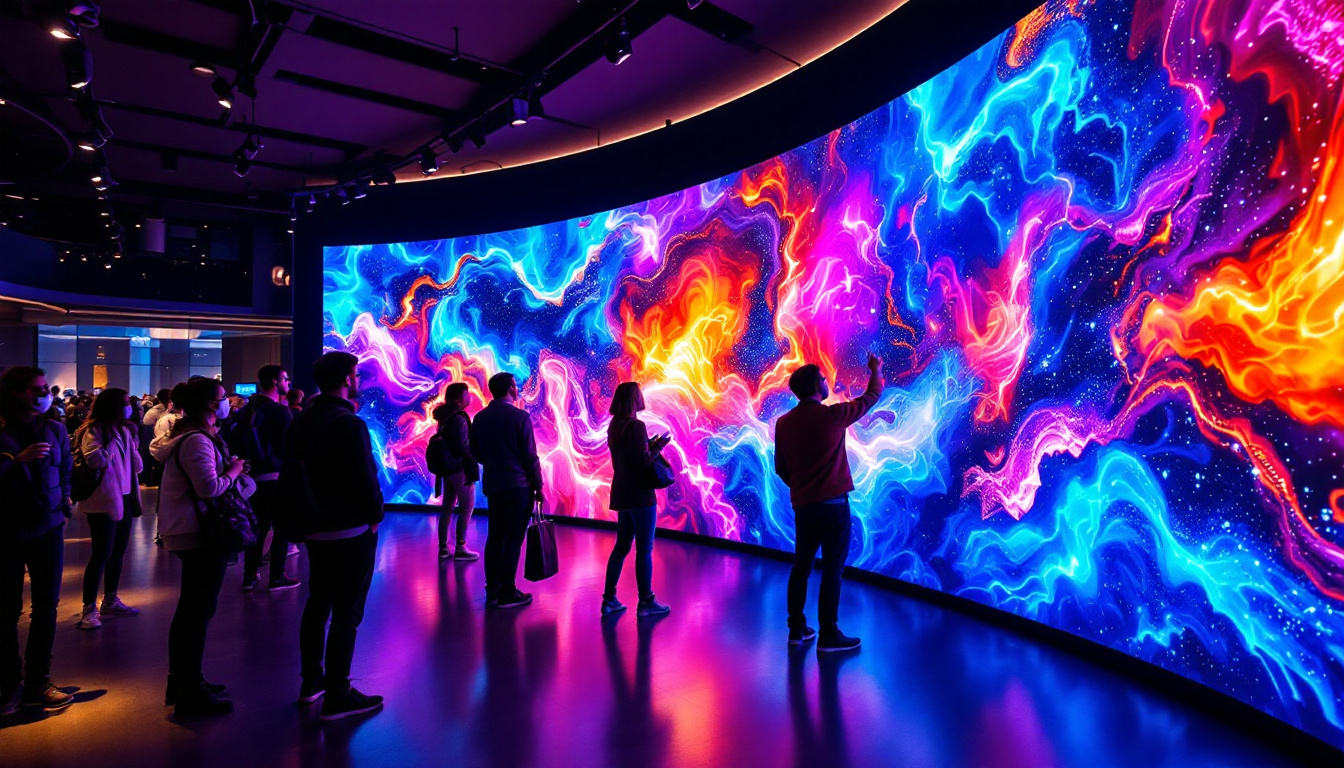In the modern world, LED displays have become ubiquitous, transforming the way information is presented and consumed. From large-scale billboards to sleek televisions and mobile devices, LED technology plays a pivotal role in visual communication. This article delves into the intricacies of LED displays, exploring their technology, applications, and the leading manufacturers in the market.
Understanding LED Technology
LED, or Light Emitting Diode, is a semiconductor device that emits light when an electric current passes through it. This technology has revolutionized the display industry due to its efficiency, brightness, and versatility. Unlike traditional display technologies such as LCD or CRT, LED displays offer superior image quality and lower power consumption.
How LED Displays Work
At the core of an LED display are tiny diodes that emit light in various colors. These diodes are arranged in a grid or matrix, allowing for the creation of images and videos. The primary colors of light—red, green, and blue (RGB)—combine in different intensities to produce a full spectrum of colors. By adjusting the brightness of each diode, manufacturers can create vibrant images that captivate viewers.
The technology can be categorized into different types, including direct view LED, LED-backlit LCD, and OLED (Organic LED). Each type has its unique features and applications, catering to various market needs. For instance, OLED technology, which utilizes organic compounds to emit light, allows for even thinner displays with exceptional color accuracy and flexibility, making it popular in high-end televisions and smartphones.
Advantages of LED Displays
LED displays offer numerous advantages over traditional display technologies. One of the most significant benefits is their energy efficiency. LED displays consume less power, which translates into lower operational costs and a reduced environmental footprint. Additionally, they have a longer lifespan, often lasting tens of thousands of hours, making them a cost-effective choice in the long run.
Another key advantage is their brightness and visibility. LED displays can be easily viewed in bright sunlight, making them ideal for outdoor advertising and public displays. Their ability to produce high contrast ratios also enhances image quality, ensuring that colors appear vibrant and lifelike. Furthermore, the rapid response time of LED technology allows for smooth video playback and reduces motion blur, which is particularly beneficial for fast-paced content like sports and action films.
Moreover, LED displays are increasingly being integrated into smart technology ecosystems. With advancements in connectivity, many LED displays now support features like wireless streaming and smart home integration, allowing users to control their displays through mobile apps or voice commands. This interactivity not only enhances user experience but also opens up new avenues for advertising and content delivery, making LED technology a cornerstone of modern visual communication.
Applications of LED Displays
LED displays have found applications across various sectors, from advertising to entertainment, education, and beyond. Their versatility allows them to be tailored for specific needs, making them a popular choice in many industries.
Advertising and Marketing
One of the most prominent uses of LED displays is in advertising. digital billboards and signage have transformed the landscape of outdoor marketing. Brands can now display dynamic content that can be updated in real-time, allowing for targeted advertising based on time, location, and audience demographics.
Furthermore, the eye-catching nature of LED displays attracts more attention compared to traditional static signs. This increased visibility can lead to higher engagement and conversion rates, making LED advertising a powerful tool for marketers. The integration of advanced analytics also allows companies to measure the effectiveness of their campaigns in real-time, adjusting their strategies on the fly to maximize impact. As a result, LED displays not only serve as a medium for advertising but also as a data-driven platform that enhances marketing strategies.
Entertainment and Events
In the entertainment industry, LED displays are integral to concerts, sports events, and exhibitions. Large LED screens enhance the audience experience by providing clear visuals, live feeds, and interactive content. This technology allows event organizers to create immersive environments that captivate attendees.
Moreover, LED displays are used in theme parks, theaters, and museums to enhance storytelling and engage visitors. The ability to create stunning visual effects and animations adds a new dimension to entertainment experiences. For instance, during live performances, LED backdrops can change in real-time to reflect the mood of the music or the theme of the show, creating a seamless blend of audio and visual artistry. Additionally, at sporting events, LED displays provide instant replays and statistics, enriching the viewer’s experience and keeping them engaged throughout the event.
Education and Corporate Use
In educational settings, LED displays are increasingly used for presentations, lectures, and interactive learning. Their clarity and brightness make them suitable for classrooms of all sizes, ensuring that all students can see the content being presented.
Similarly, in corporate environments, LED displays are used for meetings, conferences, and digital signage. They facilitate communication and information sharing, making it easier for teams to collaborate and stay informed. Beyond mere presentations, these displays can be integrated with collaborative tools, allowing for real-time feedback and interaction during meetings. This fosters a more dynamic and engaging environment, where ideas can be shared and developed instantly. Furthermore, as remote work becomes more prevalent, LED displays are also being utilized in virtual meeting setups, bridging the gap between in-person and remote attendees, thereby enhancing the overall communication experience within organizations.
Leading LED Display Manufacturers
The LED display market is populated by numerous manufacturers, each offering unique products and innovations. Some of the leading companies have established themselves as key players in the industry, known for their quality, reliability, and cutting-edge technology.
Samsung
Samsung is a global leader in display technology, known for its innovative products and commitment to quality. The company offers a wide range of LED displays, including indoor and outdoor solutions, catering to various industries. Samsung’s expertise in image processing and panel technology ensures that their displays deliver exceptional performance and reliability.
Notably, Samsung’s QLED technology has garnered attention for its ability to produce stunning visuals with vibrant colors and deep contrasts. This technology is particularly popular in high-end televisions and commercial displays.
LG Electronics
Another major player in the LED display market is LG Electronics. LG has made significant strides in the development of OLED technology, which offers superior image quality and flexibility compared to traditional LED displays. Their products are widely used in both consumer electronics and commercial applications.
LG’s commitment to sustainability is also noteworthy, as the company focuses on creating energy-efficient displays that minimize environmental impact. Their innovative designs and advanced features have positioned them as a preferred choice for many businesses and consumers alike.
Other Notable Manufacturers
In addition to Samsung and LG, several other manufacturers have made significant contributions to the LED display market. Companies like Sony, Panasonic, and Sharp are known for their high-quality displays, catering to both consumer and professional markets. Emerging manufacturers are also making their mark, introducing innovative solutions that challenge established players.
As the demand for LED displays continues to grow, competition among manufacturers is likely to drive further advancements in technology and design. This dynamic landscape ensures that consumers and businesses have access to a wide range of options to meet their specific needs.
The Future of LED Displays
The future of LED displays looks promising, with ongoing advancements in technology and applications. As manufacturers continue to innovate, several trends are shaping the direction of the industry.
Mini and Micro LED Technology
One of the most exciting developments in the LED display market is the emergence of mini and micro LED technology. These displays utilize smaller diodes, allowing for higher pixel densities and improved image quality. This technology enables the creation of ultra-thin and flexible displays, opening up new possibilities for design and application.
Mini and micro LED displays are expected to play a significant role in various sectors, including consumer electronics, automotive displays, and even wearable devices. Their versatility and performance make them a focal point for future innovations.
Smart Displays and Integration
As the Internet of Things (IoT) continues to grow, smart LED displays are becoming increasingly prevalent. These displays can connect to the internet and integrate with other smart devices, enabling real-time data sharing and interactive experiences. This trend is particularly relevant in advertising, where dynamic content can be tailored based on audience engagement and behavior.
Moreover, smart displays are being utilized in smart cities, providing real-time information to citizens and enhancing public services. This integration of technology is set to redefine the role of displays in everyday life.
Sustainability and Energy Efficiency
With growing awareness of environmental issues, sustainability is becoming a critical focus for LED display manufacturers. Companies are investing in energy-efficient technologies and eco-friendly materials to reduce their environmental impact. This shift is not only beneficial for the planet but also aligns with consumer preferences for sustainable products.
As regulations and standards evolve, manufacturers will need to adapt to meet sustainability goals, driving innovation in energy-efficient display solutions.
Conclusion
LED displays have transformed the landscape of visual communication, offering unparalleled brightness, efficiency, and versatility. Their applications span various industries, from advertising to entertainment, education, and corporate use. As technology continues to evolve, the future of LED displays looks bright, with innovations such as mini and micro LED technology, smart integrations, and a focus on sustainability paving the way for exciting developments.
Leading manufacturers like Samsung and LG are at the forefront of this transformation, continually pushing the boundaries of what is possible with display technology. As the demand for high-quality visual experiences grows, the LED display market is poised for further growth and innovation, ensuring that it remains a vital component of modern communication.
Discover LumenMatrix’s Innovative LED Display Solutions
As you’ve seen, LED displays are reshaping the future of visual communication with their versatility and advanced technology. If you’re looking to elevate your brand’s presence and captivate your audience with high-quality visual experiences, look no further than LumenMatrix. Specializing in a wide array of LED display modules, from Indoor and Outdoor LED Walls to Custom and All-in-One LED Displays, LumenMatrix is committed to revolutionizing the way businesses engage with their customers. Check out LumenMatrix LED Display Solutions today and take the first step towards transforming your visual communication strategy.

